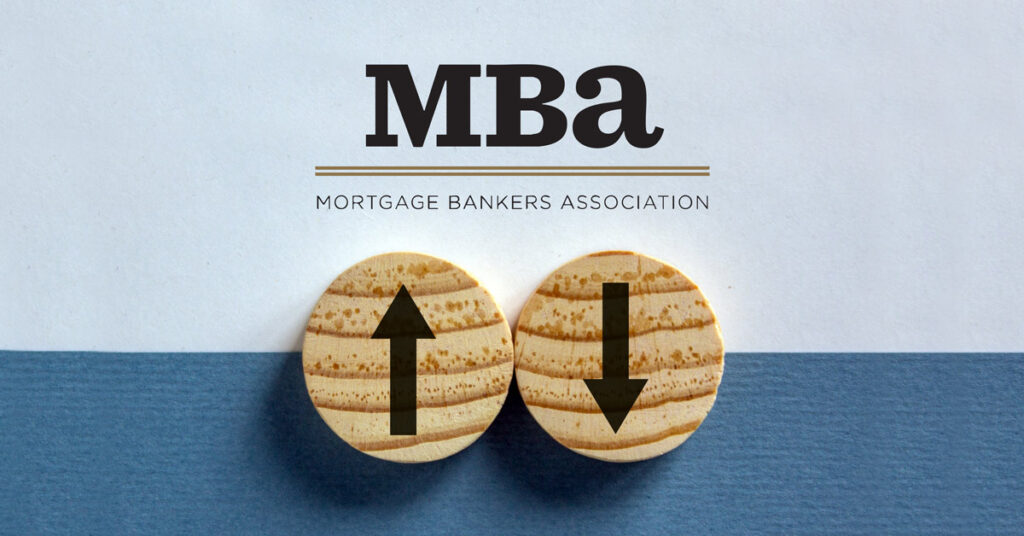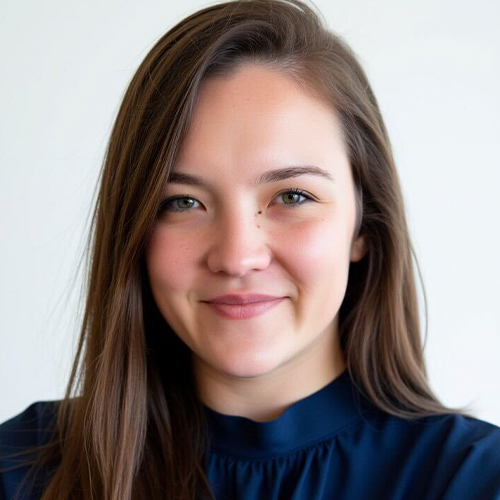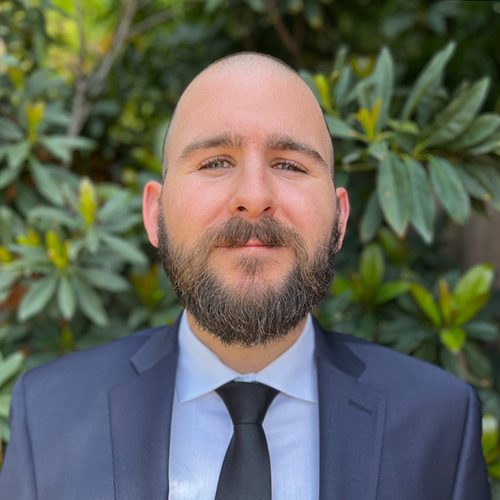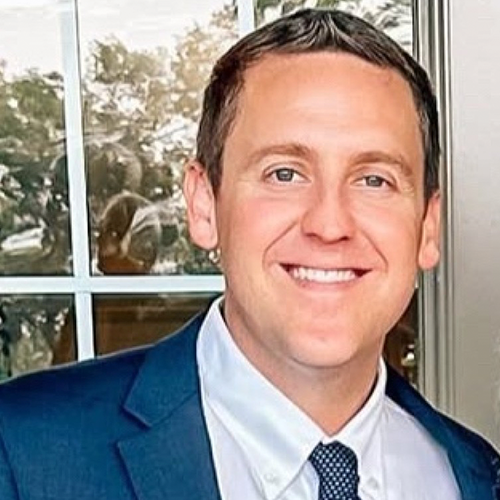New reports from the Mortgage Bankers Association (MBA) were released this week, and like many housing analyses recently, they showed one step forward, and one step back.
Mortgage applications decreased 3.8% on a seasonally adjusted basis from one week earlier, according to the association’s survey released Wednesday for the week ending July 25.
Both purchase and refinance applications declined through the week due to continued uncertainty surrounding the economy and job market, which is weighing on prospective homebuyers’ decisions, according to Joel Kan, MBA’s vice president and deputy chief economist.
“The 30-year fixed rate was little changed at 6.83%, but high enough that there was not much interest in refinancing, pushing the refinance index lower for the third straight week,” Kan stated in a press release. “Purchase applications decreased by almost 6%, as applications for conventional, FHA [Federal Housing Administration], and VA [Veterans Affairs] purchase loans fell, despite slowing home-price growth and increasing levels of for-sale inventory in many regions.”
The refinance share ticked up 1.1% from the previous week to 40.7%.
Those looking for a silver lining didn’t have long to wait, as the MBA shared data on homebuyer affordability Thursday, which improved in June. The median national payment that purchase applicants applied for fell. It decreased from $2,211 in May to $2,172, according to the MBA’s Purchase Applications Payment Index (PAPI), which measures how new monthly mortgage payments vary across time — relative to income — using data from the weekly mortgage applications survey.
Get these articles in your inbox
Sign up for our daily newsletter
Get these articles in your inbox
Sign up for our daily newsletter
Edward Seiler, MBA’s associate vice president of housing economics, stated in a press release that it was a positive sign for prospective homebuyers looking to take advantage of slightly lower mortgage rates and moderating home prices.
“The median purchase application amount decreased to $324,800, and we expect that home-price growth will continue to stabilize as more inventory comes onto the market in many parts of the country,” Seiler commented.
According to the MBA, a decrease in the PAPI — a sign of improving borrower affordability conditions — happens when application amounts decrease, rates decrease or earnings increase. An increase in PAPI indicates declining borrower affordability conditions, meaning the mortgage payment-to-income ratio is higher because of increasing application loan amounts, rising mortgage rates or a decrease in earnings.
The national PAPI decreased 1.8% from 166.6 in May to 163.7 in June. Median earnings increased 4.6% year-over-year. While payments increased 0.2%, the significant earnings growth means the PAPI is down (affordability is higher) 4.2% on an annual basis. For borrowers applying for lower-amount mortgages (in the 25th percentile), the national mortgage payment fell from $1,512 in May to $1,500 in June.
Other findings from the PAPI include:
- The national median mortgage payment was $2,172 in June 2025 — down $39 from May. It was up by $5 from one year ago, equal to a 0.2% increase.
- The national median mortgage payment for FHA loan applicants was $1,881 in June, down from $1,927 in May and down from $1,907 in June 2024.
- The national median mortgage payment for conventional loan applicants was $2,205, down from $2,235 in May and up from $2,180 in June 2024.
- The top five states with the highest PAPI were: Idaho (255.7), Nevada (249.5), Arizona (219.2), Rhode Island (206.9), and Utah (202.8).
- The top five states with the lowest PAPI were: Louisiana (116.9), Washington, D.C. (120.4), Connecticut (129.3), West Virginia (129.3), and Alaska (129.4).
- Homebuyer affordability increased for Black households, with the national PAPI decreasing from 166.1 in May to 163.1 in June.
- Homebuyer affordability increased for Hispanic households, with the national PAPI decreasing from 155.2 in May to 152.4 in June.
- Homebuyer affordability increased for white households, with the national PAPI decreasing from 167.8 in May to 164.8 in June.




















































